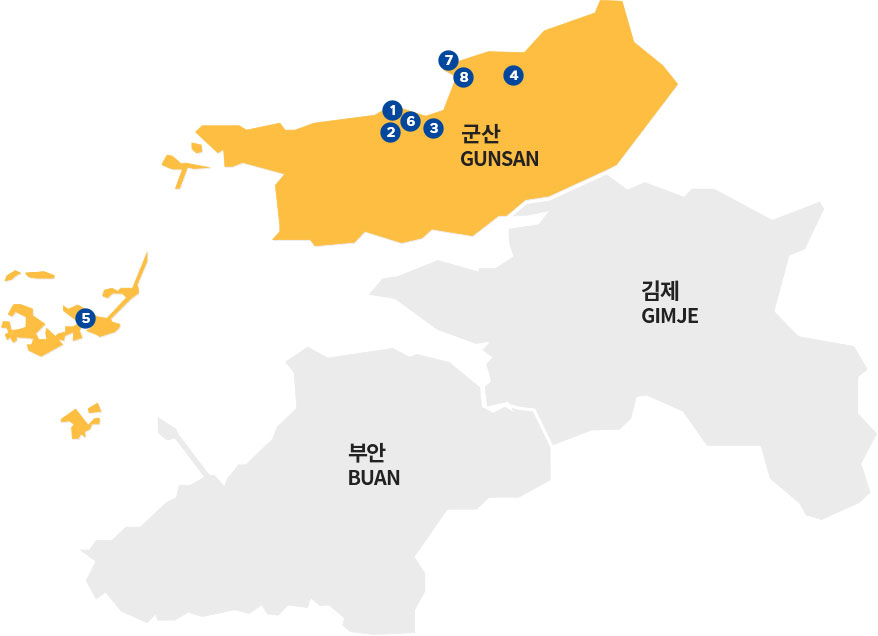Tourist Attractions in Gunsan
*The information below is from the Gunsan City Cultural Tourism website. For more information, please visit http://tour.gunsan.go.kr
-
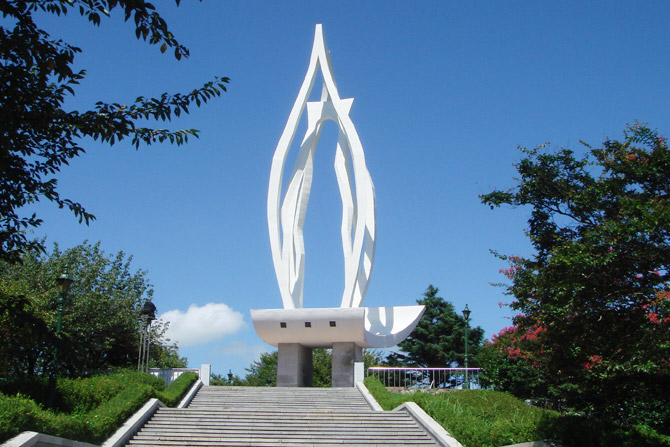
Wolmyeong Park
The area of 9,907 pyeong near a scenic spot named Haemangjeong within foreign settlement areas in Gunsan, was named "World Country Park" in 1906.
As Korea became a colony of Japan under the Japan–Korea Treaty of 1910 and the concession laws for each foreign country were abolished, the word "World Country" was removed from the name of the park, which was changed into Gunsan Park. In 1933, when Gunsan city was flourishing from trade with Japan, the park was expanded with 6,088 pyeong of land on the mountain where the current Susi Pagoda stands.After korea's liberation from Japanese rule and the Korean War, when the number of trees in the mountain decreased due to uncontrolled deforestation, in 1972, a large area spanning from the Haemang-dong Susi pagoda to the mountain behind Gunsandae in Miryong-dong was designated as a park area under development restriction, and the name Gunsan Park was changed into Wolmyeong Park as it is today.
Eunpa Lake Park was originally an agricultural reservoir, but the area of 2,578,524 square meters, including small mountains around the reservoir, was designated as a national tourist destination in 1985, and the ring road was completed, so anyone can enjoy a ride around Eunpa Lake Park, which is known for ninety-nine winding trail. In spring, it is famous for its bright cherry blossom trail, attracting many tourists as friends, family, and lovers.
-
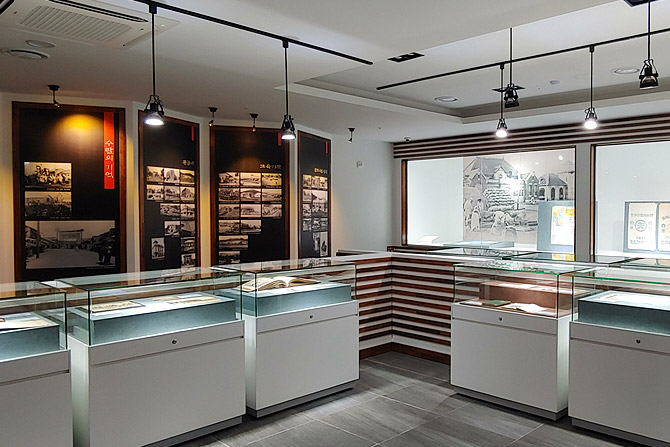
Gunsan History Museum during the Japanese Colonial Era
It is a three-story building with a total floor area of 1,868.7m2 built as part of the Urban Regeneration Priority Project, and is located near Dongguksa Temple. It displays various relics related to the Japanese colonial era, providing visitors with an opportunity to learn about modern history.
- Address
- #21, Dongguksa-gil, Gunsan-si, Jeonbuk
- Tel
- 82-63-467-0815
- Hours
- 09:00 ~ 18:00 (09:00 ~ 17:00 in winter)
- Closed
- January 1, New Year's Day, Chuseok, and every Monday
- Floor guide
- 1st and 2nd floor : parking lot / 3rd floor: exhibition hall, storage room, seminar room, etc.
-
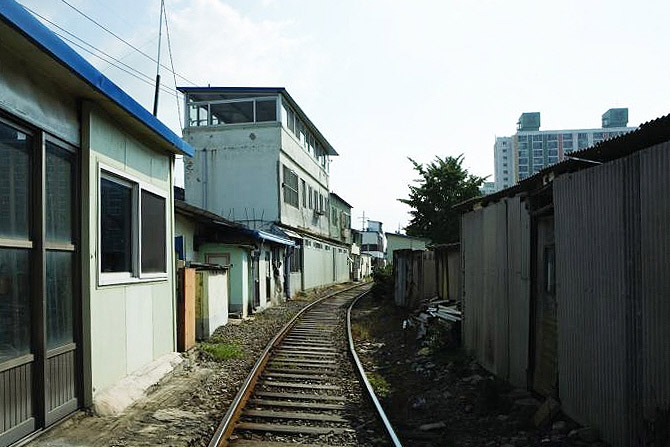
Gyeongamdong Railroad Village
Gyeongamdong Railroad Town was constructed in Gyeongam-dong, Gunsan-si, Jeollabuk-do in 1944, and was named after a total of 2.5km railway line connecting the Paper Korea factory and Gunsan Station. The name originated from the name of the administrative district which the village was formed around.
People began to live around the railway, opened in 1944 during Japanese colonial rule, which grew into a town in the 1970s.
The Gyeongamdong Railroad was first opened in 1944, under Japanese rule to transport newsprint materials. It was called “North Sun Paper Railway” until the mid-1950s, and “Goryeo Paper Railway” until the early 1970s, and then “Saedae Paper” or “Sepoong Railway” afterwards. As the Sepoong Group went bankrupt, the railroad was renamed after the acquirer company into “Paper Korea Line”.
-
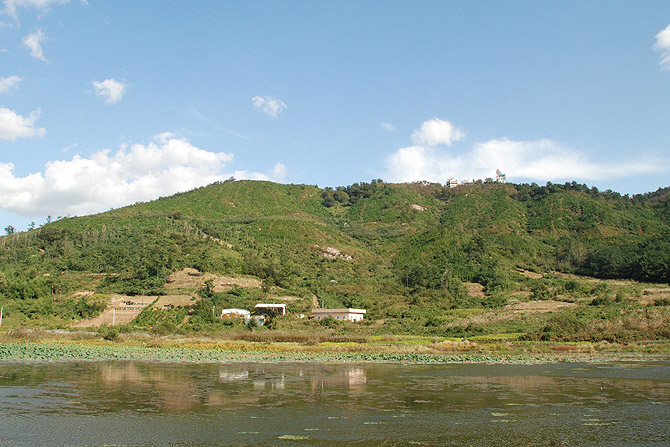
Oseongsan Mountain
Oseongsan Mountain
The name Oseongsan originated from the record in 「Yeojidoseo」, written in 1760, in which the villagers near Oseongsan offered rites to the five generals("O"meaning number five and "Seong" meaning saint in Korean) who died there when the Nadang Allied Forces attacked Baekje, and later, the Tombs of the Five Saints was built at the top of the mountain.The Tombs of the Five Saints
When you hike to the top of Oseongsan Mountain (227m), there are five tombs side by side looking down at the winding Geumgang River. From the tombs, the beautiful islands of Gogunsan Gundo are floating in the west, while Mireuksan Mountain in Iksan and Moaksan Mountain in Jeonju are within sight distantly in the east, and the Mangyeong-gang River and Dongjin River in the south are overlapping like rice cakes and Naebyeonsan Mountain in Buan. The Ugeumbawi Rock is at a glance. In addition, in Chungcheongnam-do, across the Geum River flowing under the mountain to the north, the mountain trunks from Mt. Baekdu dive into the Geum River in the Hwayang Land of Seocheon, and it is a beautiful shape that can be seen as a spirit of a lively dragon rising from Mt. Oseong.
The tomb of Oh Seong-in tells the story of the battle of Gibeolpo, the first battle that took place in Gunsan when the Nadang Allied forces attacked Baekje. When the soldiers below were stationed, they lost their way because of a thick yellow mist. Infuriated by this, Sojeongbang cut their throats, but when they stepped back later, they considered their integrity to be weird, and they said that they were buried on Mt. -
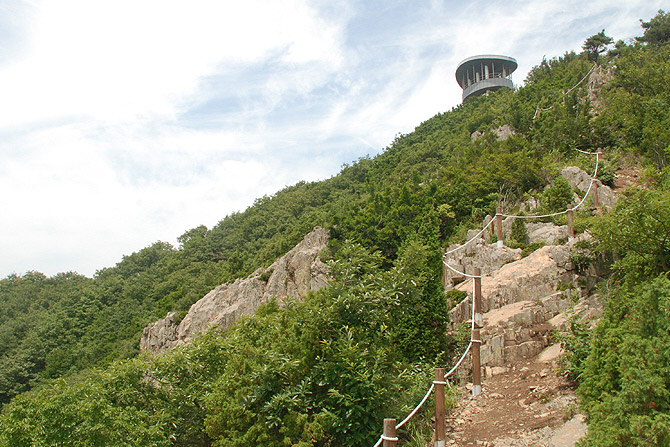
Daegaksan
It is the largest island in Gogunsan Islands, located east of Seonyudo in Sinsido, with an area of 4.25㎢ and a coastline of 16.5㎞, making it the largest of the 24 islands in Gogunsan Islands.
The highest point is Daegaksan Mountain (187m), rising to the northwest, and Sinchisan Mountain (142m) rising to the southeast, and there are many hilly mountains of less than 200m. The villages are mainly distributed in the southern Jipoonggeum Village, and most of the residents are engaged in fishing. Shrimp, anchovies, and mackerel are caught in the lotus sea, and laver farming is active. As agricultural products, rice, barley, sweet potatoes, peppers, and beans are produced to the extent that they are self-sufficient.From the observatory on the top of Daegaksan (18.2m), you can enjoy the superb view of the Saemangeum Seawall and Gogunsan Islands.
-
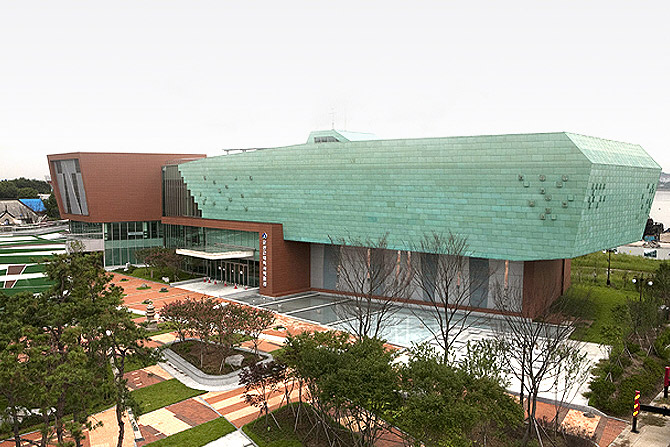
Gunsan Modern History Museum
Located in Gunsan, the city of modern history education, it is a specialized local museum with the theme of the modern culture and maritime culture of the city, and a space where visitors can experience the history and culture of the city.
The site is 2,525 pyeong (8,348㎡) and has a total floor area of 1,285 pyeong (4,248㎡), consists of 1 basement floor and 3 floors above ground, and costs 18.2 billion won.
With the concept of "the past, present, and future of Gunsan as an international trade port", the main building identifies the past of Gunsan, as the center of retail and logistics, through relics and data from prehistoric times to the modern era, and through this, to provide insight into the present and future. To convey this theme, the contents of the exhibition include "Life and Culture" that illuminates the history of Gunsan, "Marine Logistics" that confirms the role of a port for retail and logistics through its geographical importance, and the "Sea and culture" that illuminates the culture and history of Gunsan and Gogunsan. there is another session to introduce the relics excavated from the seabed near Gunsan.- Floor Guide
-
1st floor - Marine Logistics History Hall (509㎡), Children's Museum (126㎡), storage room (113㎡)
2nd floor - Modern data collection room (84㎡)
3rd floor - Modern dormitory (617㎡), special exhibition room (231㎡), seminar room (73㎡)
-
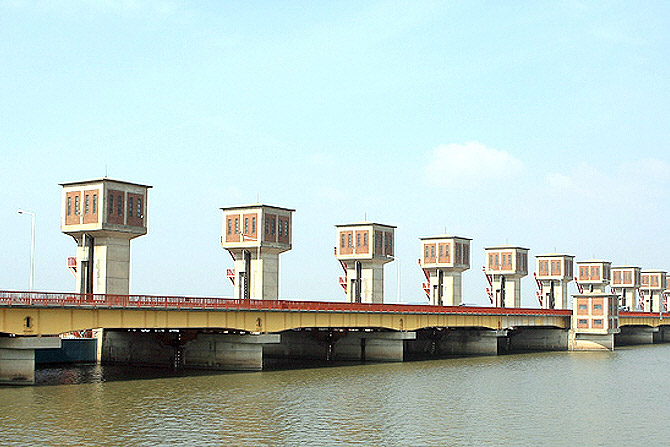
Geumgang River Estuary Embankment
Geum River Estuary Bank, which connects Gunsan City in Jeollabuk-do and Seocheon-gun, Chungcheongnam-do, is 1,841m in length and consists of 20 lock gates and seawalls (1,127m).
- Tel
- 82-63-454-3353
- Address
- 120, Mioksae-ro, Seongsan-myeon, Gunsan-si, Jeollabuk-do
-
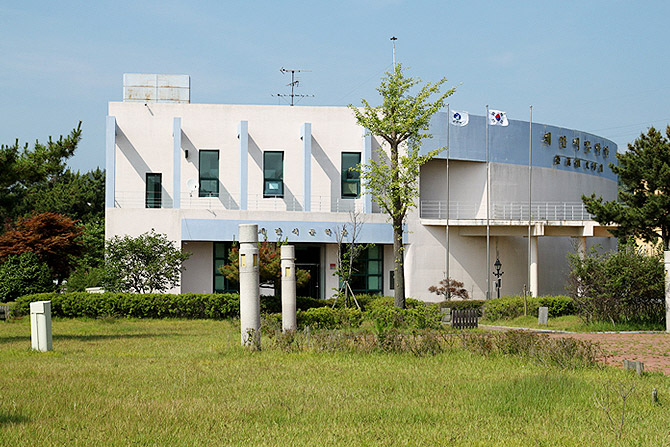
Chae Man-sik Literary Hall
It was opened in March 10, 2001 to commemorate the literary achievements of author Baekneung Chae Man-sik and to collect and display his zworks and relics. Chae Man-sik Literary Hall, located near the Geumgang River, a backdrop of his novel titled ``Takryu'', displays various materials, handwritten manuscripts, and documents for the 100th anniversary of the opening of the port during Japanese colonial rule to provide visitors with the beauty of high-quality literature and to enhance the stature of the city as a cultural city. In addition, it promotes literary education by organizing various literary events together with citizens and the youth.
It has a land area of 9,887m2 and a total floor area of 533m2, with two stories above the ground. On first floor, there are exhibition rooms and reference rooms, and on the second, lecture rooms where literary lectures and seminars for about 50 people are held or visitors can watch videos. In the exhibition room, related relics and works are displayed along with an introduction to give a glimpse of Chae Man-sik's life and the world of his works, in chronological order.
In the exhibition hall with a panoramic view, you can see Gunsan as a victim of the history of Japanese exploitation, as well as the life and literary journey of author Chae Man-sik at a glance. In addition, a diorama in which the author writes a manuscript, the incense burner that burned incense when the work was conceived and written, the graphics depicting the background in the work, as well as video and sound materials, are all together, so you can enjoy the exhibition more vividly in three dimenstions.
It is open from 9:00 am to 6:00 pm in summer and 9:00 am to 5:00 pm in winter. It is closed every Monday and January 1. More than hundreds of thousands of literary enthusiasts and readers visit the place each year.
For more information about tourism in Gunsan, a Self-reliant city where citizens participate, you can check out the Gunsan Cultural Tourism website.
